[ad_1]
Microsoft Flight Simulator pilots can now fly certainly one of aviation’s biggest icons of innovation.
A MONUMENT OF AVIATION INGENUITY
The Dornier Do 31 is a jet-powered, vertical take-off and touchdown (VTOL), experimental navy plane developed by the West German aviation producer and traditionally famend as the one jet-powered VTOL utility / transport plane ever created and flown. Though Dornier solely produced three experimental prototypes and by no means entered serial manufacturing, the Do 31 stays an everlasting monument of aerospace ingenuity.
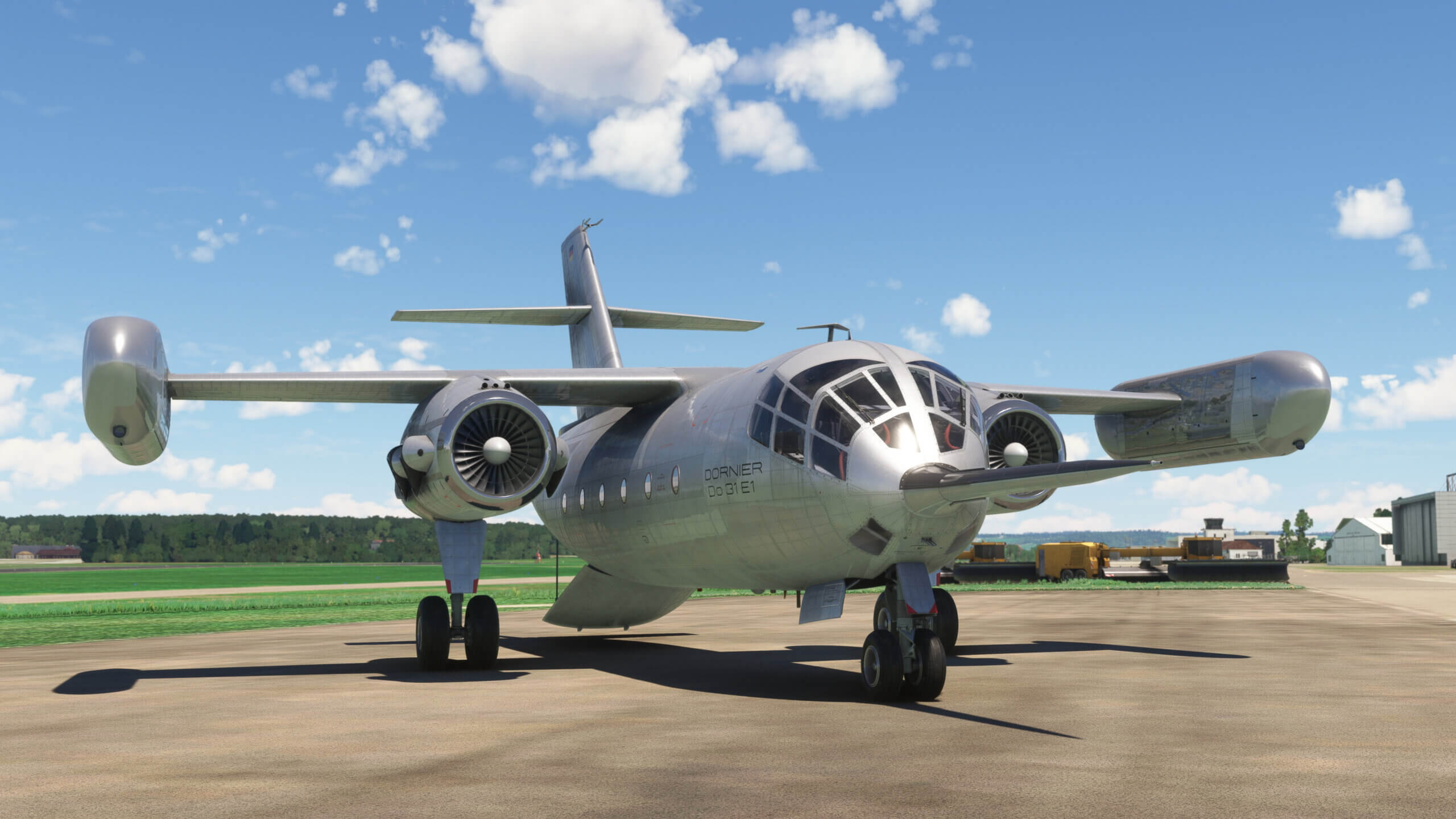
BORN OF COLD WAR IMPERATIVE
The distinctive Do 31 was born out of an formidable Chilly Conflict initiative by the West German navy to create an eminently resilient air pressure. An preliminary assault by the Soviet Bloc targeted on air bases and runways all through
West Germany, grounding their airplanes. To counter this risk, the West Germans hatched a plan within the early Sixties to create a brand new air pressure composed primarily of jet-powered VTOL plane. Such airplanes might function out of conventional air bases, expeditionary airfields, or roads and highways, together with Autobahns—any small stretch of concrete or asphalt would work.
The West German navy’s plan included three VTOL plane: a fighter / interceptor: the EWR VJ 101; a floor assault platform: the VFW VAK-191B; and a big utility plane that might transport troops and cargo.
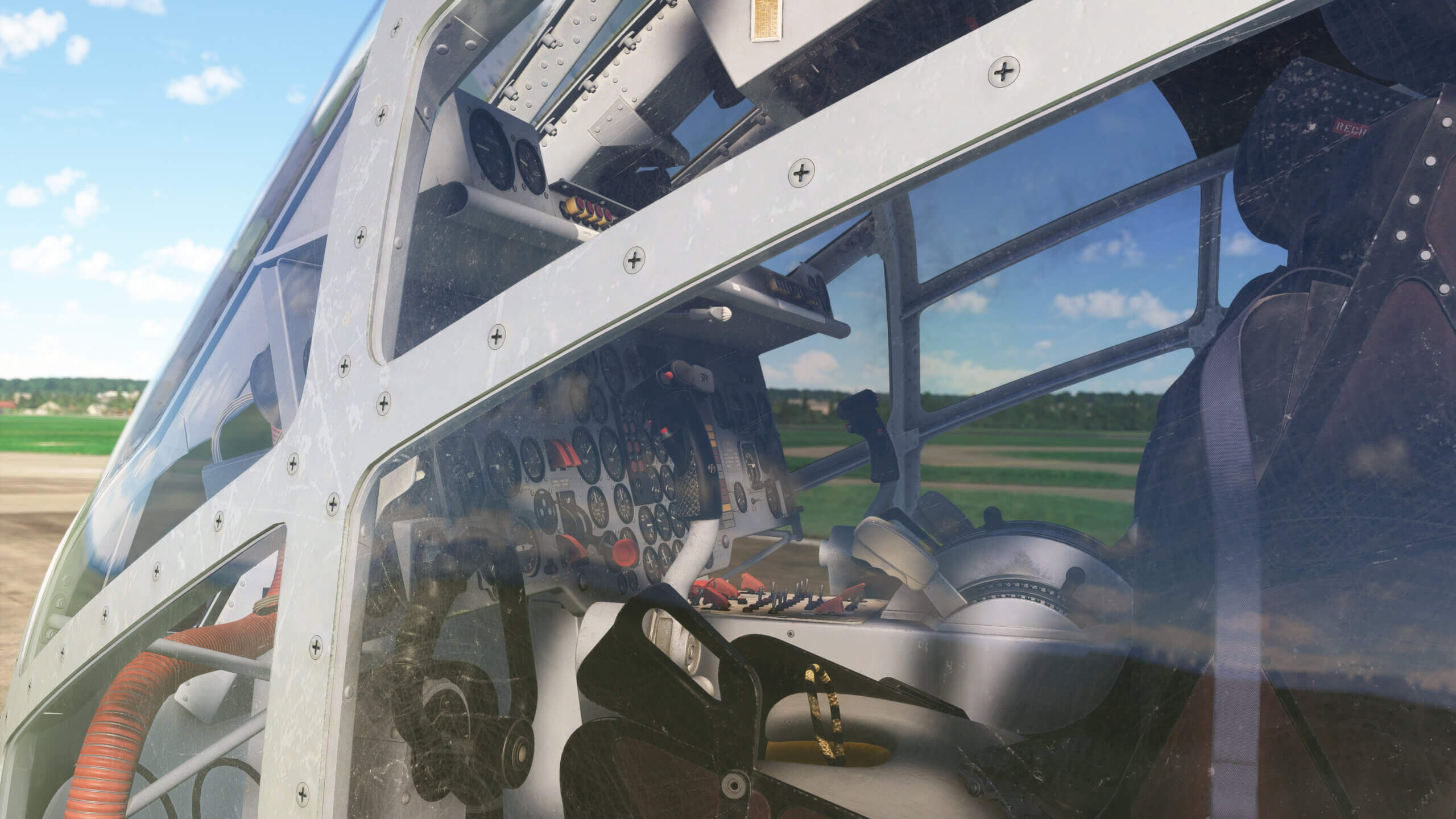
AN ENGINEERING MARVEL
Whereas helicopters had confirmed their utility by the early Sixties, particularly for navy operations, they had been restricted in each pace and raise skill. Creating a jet-powered transport plane, nevertheless, offered engineers
with great hurdles like producing and directing ample thrust to vertically raise an plane, transitioning it to horizontal flight, after which touchdown it vertically.
By the early Sixties, firms focused on jet-powered VTOL plane operation had confirmed the idea might work with experimental fashions. The Brief SC.1, developed by United Kingdom aviation firm Brief Brothers, took its maiden flight on Might 26, 1958. The Brief SC.1 was adopted by the primary flight of the British Hawker Siddeley P.1127, the progenitor to the Hawker Siddeley Harrier, the world’s first manufacturing VTOL fighter / assault jet. Each had been engineering breakthroughs that took years of growth. The transport plane the West German navy envisioned can be a lot bigger, dramatically growing the complexity. Dornier, famed for his or her flying boats and airliners, undertook the formidable problem in February, 1962, when the corporate and the West German navy formally launched the venture, designated the Do 31.
Whereas Dornier had by no means constructed a VTOL plane, the corporate’s engineers had gained expertise with quick take-off and touchdown (STOL) workouts with their Do 29. That airplane, which took its maiden flight in late 1958, was an experimental, twin-engine, piston-powered, high-wing monoplane that used tilting engine-propeller techniques to spice up raise for take-off. The jet powered Do 31, supposed to hold as much as 36 fight loaded troops, 7,700 kilos of cargo, or some mixture thereof, proved much more advanced. It required the corporate to develop a few of the most superior aviation know-how to that time in historical past together with novel powerplant designs, high-strength airframe componentry, and an modern flight management pc.
Dornier constructed three airframes with a gaggle designation Do 31 E (“E” for “Experimental”): the Do 31 E1, the Do 31 E2, and the Do 31 E3. The E1 and the E3 had been flying prototypes, whereas the E2 was a ground-based testbed.
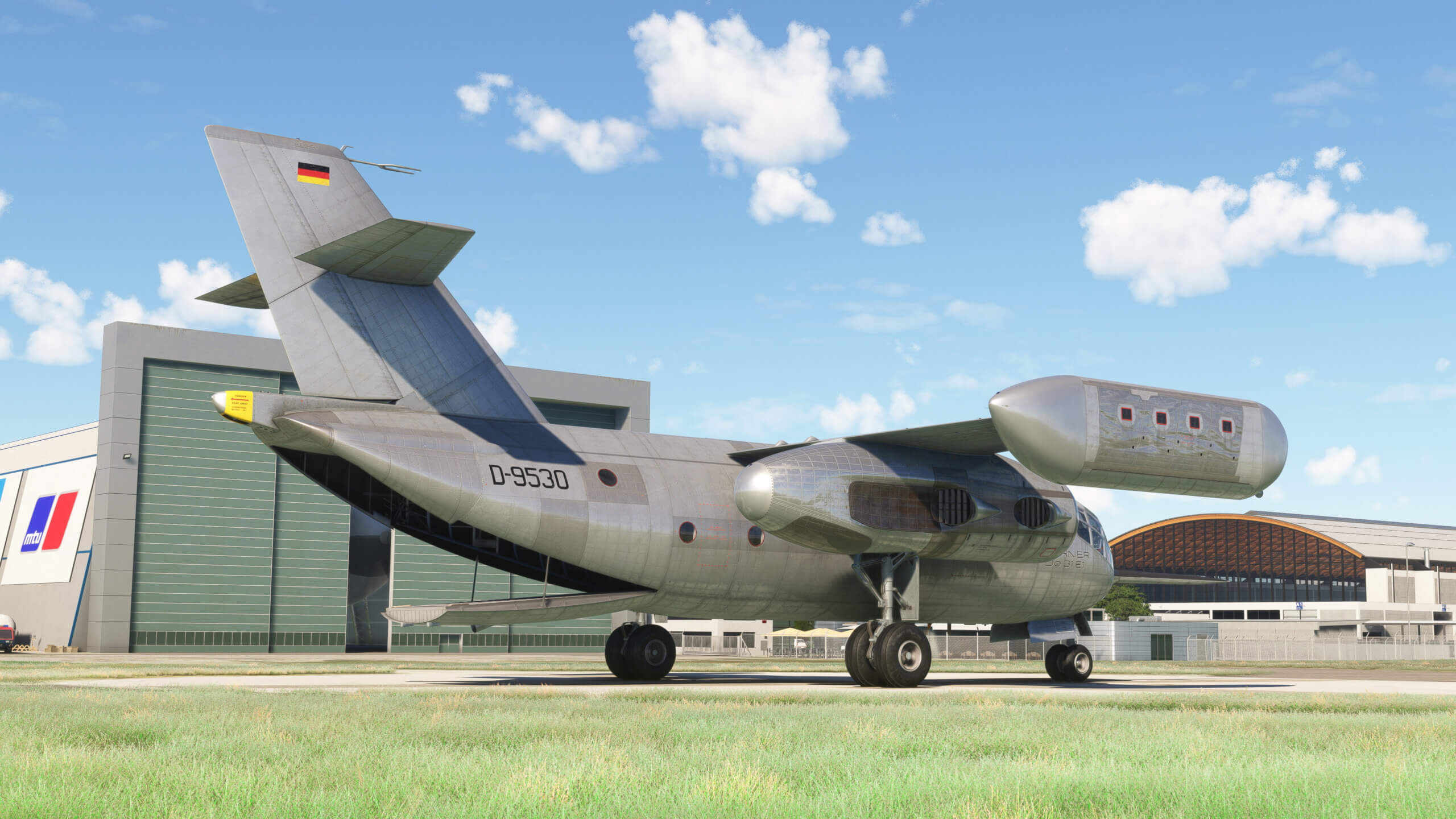
The Do 31 featured a high-mounted essential wing, a cruciform empennage, a capacious fuselage with a ramp-loading cargo system, and retractable tricycle touchdown gear. Its main energy supply: two Rolls-Royce Pegasus BE.53/2 turbofan engines, every of which might produce as much as 15,500 kilos of thrust. Every Pegasus was housed in a nacelle, one beneath both sides of the principle wing, and thrust from every was directed by 4 rotating exhaust ports known as thrust vectoring nozzles. For complementary thrust and redundancy functions—ought to one of many Pegasus engines fail mid-flight—Dornier crafted wingtip-mounted secondary thrust techniques. Every wingtip featured a nacelle that housed 4 vertically oriented Rolls-
Royce RB-162-4D turbojet engines; every engine might generate as much as 4,400 kilos of thrust, for a complete of 17,600 kilos of thrust per wingtip. In complete, the Do 31 was powered by ten engines able to an combination 66,200 kilos of thrust. Just a few different plane in historical past have comprised ten or extra engines, together with Dornier’s Do X, a flying boat that was powered by 12 piston engines.
To offer management of the Do 31 all through all its flight regimes, Dornier developed a particularly essential hybrid analog-digital pc, the DO-960. The plane merely can be too unstable to perform with out an ample flight pc that might repeatedly resolve a sequence of advanced equations to take care of managed flight. Digital pc know-how and built-in circuit design had been nonetheless of their infancy at this level and never quick sufficient to carry out the particular kinds of options vital (the microprocessor had but to be developed). Dornier engineers solved this immense problem by devising a novel pc system that fused elements of analog calculation with parts of digital computation.
The DO-960 maintained plane stability by taking pilot inputs and controlling flight surfaces, energy output of every of the plane’s ten engines, the orientation of its thrust vector nozzles, and quantity of bleed air ducted to nozzles within the plane’s tail. The Do 31 lifted off and hovered with downward-vectored thrust from the Pegasus engines mixed with thrust from its wingtip turbojets. It then transitioned to horizontal flight by the rearward rotation of the principle engine’s thrust vector nozzles.
The DO-960 stays certainly one of historical past’s most notable pc developments and an excellent instance of technological innovation born of necessity. Though hidden inside the confines of the distinctive plane’s type, the pc was one of many Do 31’s most important, and notable, options.
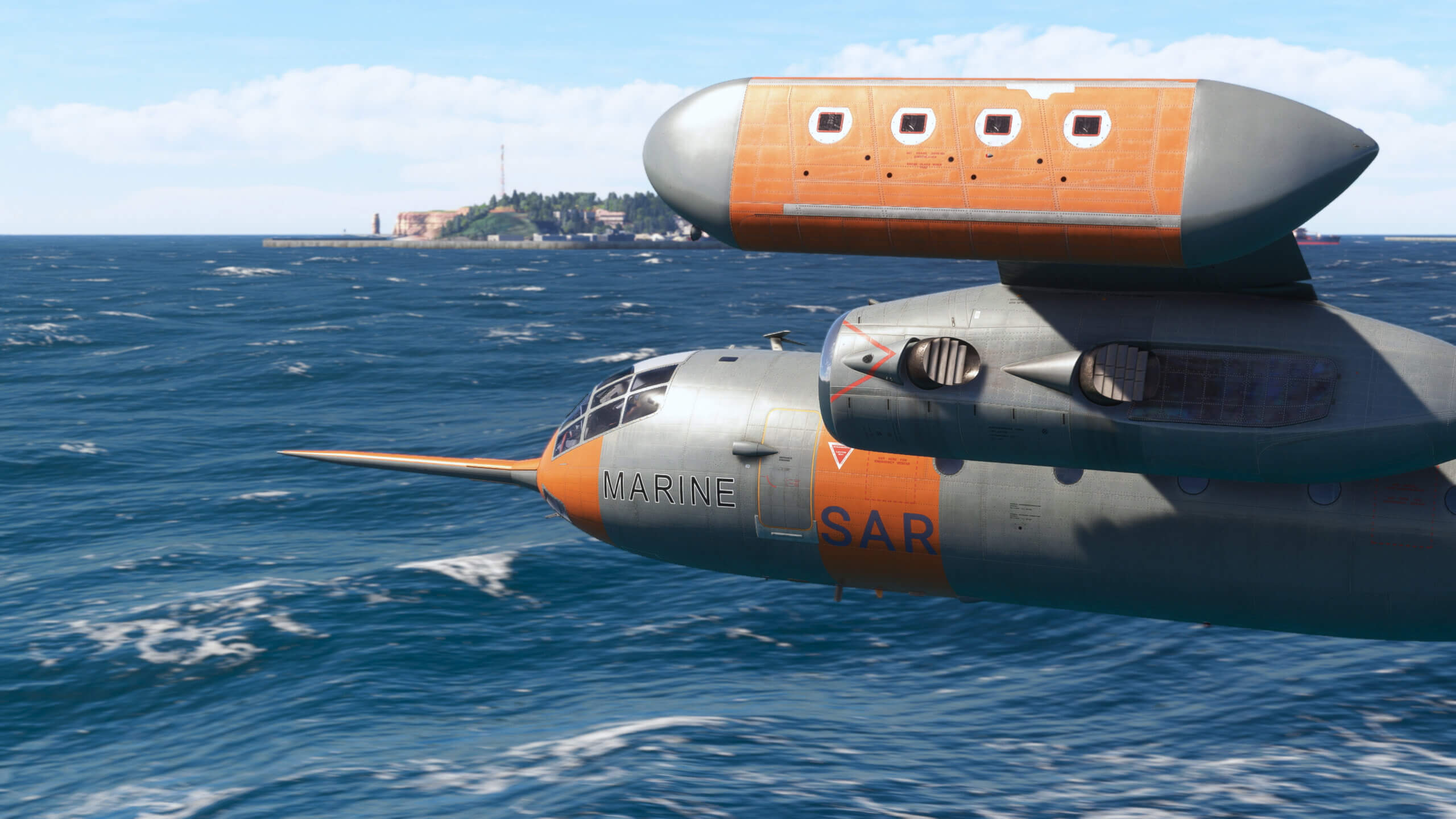
A NEW BREED TAKES FLIGHT
After years of growth and floor testing, the Do 31 took its maiden flight in early 1967. The primary prototype of the airframe, the Do 31 E1, lifted off on February 10, 1967, powered by simply its two essential engines. In July of 1967, the Do 31 E3 took to the sky utilizing all ten of its engines and carried out a hover. The plane flew more and more advanced and superior operations throughout successive assessments within the months that adopted together with transferring backward whereas hovering and rolls whereas in horizontal flight. The demonstrations marked not simply the preliminary flights of a brand new plane, however the first operation of a completely new breed of plane, a jet-powered VTOL transport. The Do 31 wowed spectators at airshows and set a number of flight data for its class—of which it was the one member.
Regardless of the successes and prospects for business adoption along with navy roles, the Do 31 was deserted within the early Seventies. The idea of a jet-powered VTOL Air Power proved too pricey and complicated to implement. It stays the primary and solely jet-powered VTOL transport ever to fly.
Piloted by two, the Do 31 had a variety of 1,120 miles, a service ceiling of 35,100 ft above sea stage, and climbed at a fee of three,780 ft per minute. The plane cruised at 348 miles per hour with a prime pace of 377 mph.
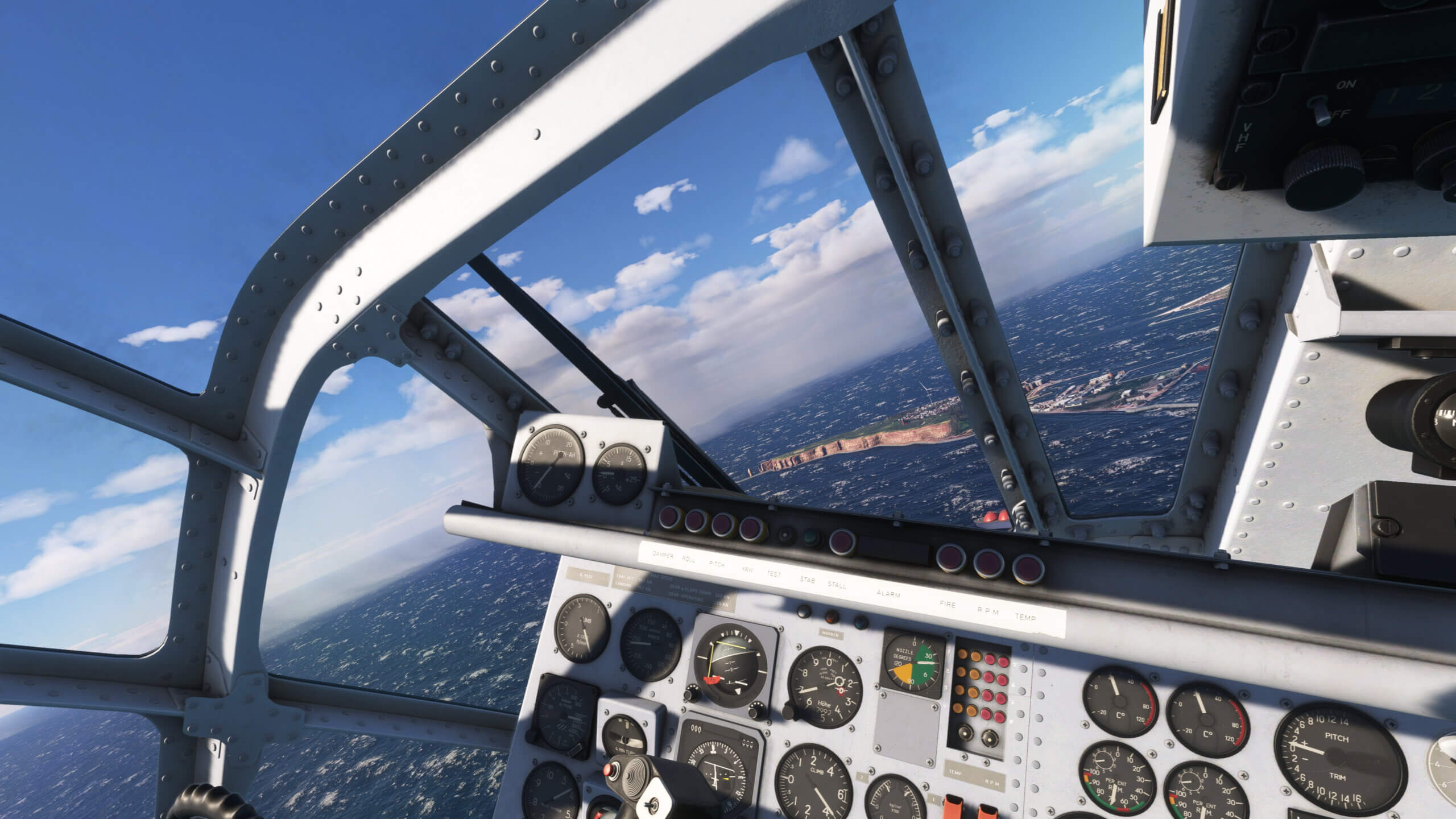
NOW AVAILABLE FOR MICROSOFT FLIGHT SIMULATOR PILOTS
The Microsoft Flight Simulator Dornier Do 31 has been expertly recreated for aviators to get pleasure from all through the world. Expertise the fun of lifting off vertically, transitioning to high-speed ahead flight, after which coming to a
hover with precision on this masterpiece of aviation know-how. The sky is looking!
The Dornier Do 31 presents seven liveries: E1 Experimental, E3 Experimental, Olive Inexperienced, Inexperienced Camouflage, Marine Search & Rescue, Xbox Aviators Membership, and Aviators Membership. It’s out there immediately for $14.99.
Microsoft Flight Simulator is offered for Xbox Sequence X|S and PC with Xbox Recreation Go, PC Recreation Go, Home windows, and Steam, and on Xbox One and supported cell phones, tablets, and lower-spec PCs through Xbox Cloud Gaming. For the newest data on Microsoft Flight Simulator, keep tuned to @MSFSOfficial on X (previously Twitter).
[ad_2]
Source link








